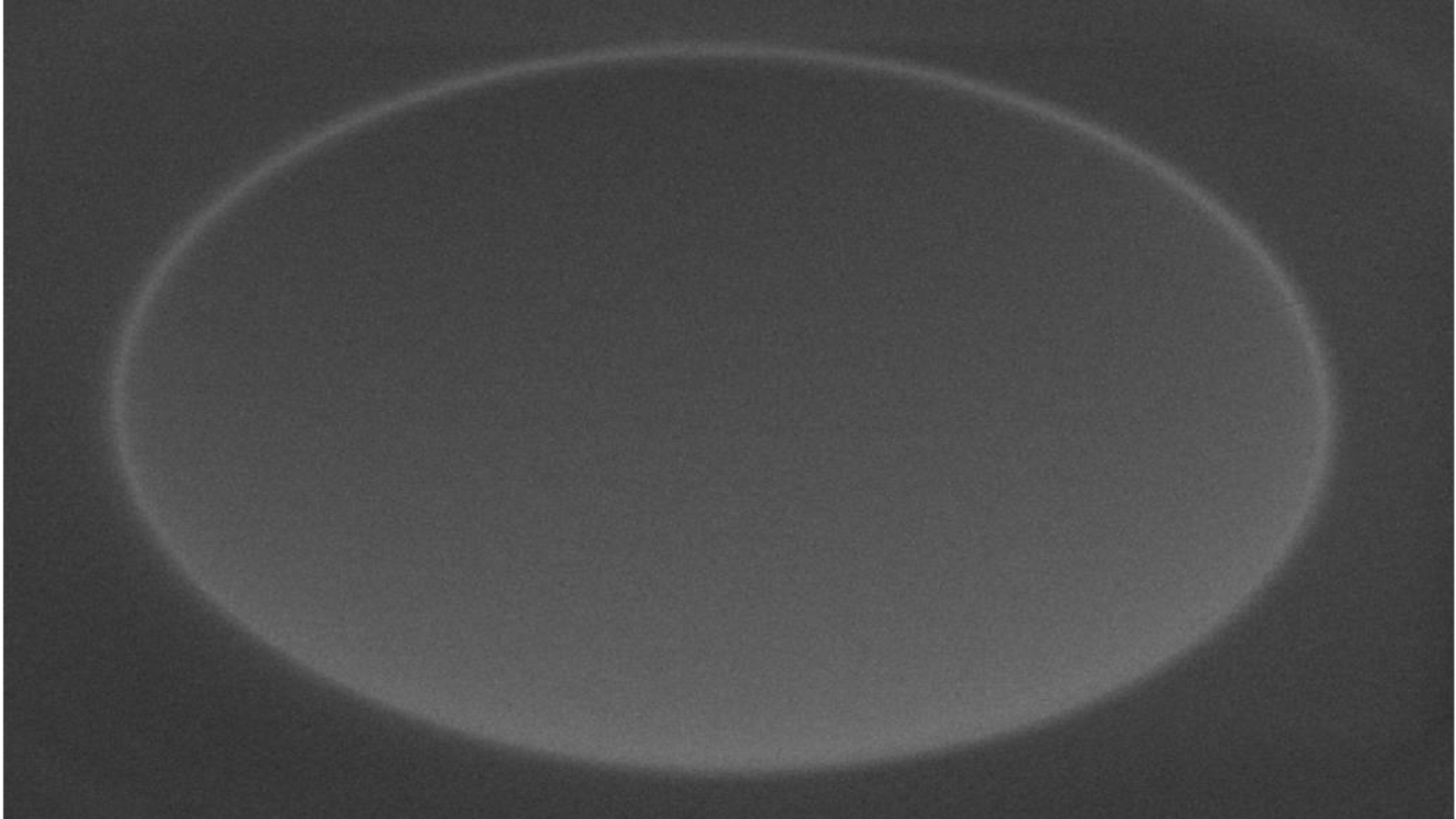MICRON
The MICRON project focuses on the development of fast, scalable quantum networks by using miniature optical cavities to efficiently collect single photons from strontium ions.

Prototype 80 μm diameter cavity mirror substrate fabricated via Focused Ion Beam milling (in collaboration with Oxford HighQ)
One approach to producing large-scale ion trap quantum computers is to use a distributed architecture, connecting many simple ion trap 'nodes' in a quantum network. Entanglement between qubits in these physically separated traps is mediated by single photons collected from an ion in each node. We recently demonstrated a remote entanglement protocol of this sort in the Optical Networking experiment, generating Bell pairs between remote nodes at record-breaking rates and fidelities. However, despite this progress, the remote entanglement rate achievable using lens-based photon collection remains far lower than that of local gate operations, due to the ~10% photon collection efficiency.
To produce a truly scalable quantum network will require a step change in remote entanglement rate and thus photon collection efficiency. One of the most promising routes to achieving this is to place the network ion at the centre of an optical cavity. The Purcell enhancement of the emission that occurs into the cavity mode makes near unit-collection efficiencies possible in theory, but achieving this in practice is extremely technically challenging. By taking a new approach to microcavity fabrication and integrating this within the trap structure itself, we hope to demonstrate a robust approach to cavity-based networking and demonstrate remote entanglement at rates comparable to those of laser based entangling gates.
People
Current
- Dr Joseph Goodwin (PI)
- Dr Jacob Blackmore (Postdoc)
- Dr Thomas Doherty (Postdoc)
- Lorenzo Versini (DPhil student)
- Katie Challoner (DPhil student)
- Tom Hinde (DPhil student)
- Tenzan Araki (DPhil student)
Former
- Dr. William Hughes (DPhil student/Postdoc)
- Dr. Shaobo Gao (DPhil student)
- Dr. Ezra Kassa (Postdoc)
- Sebastian Saner (Masters student)
Contact
Recent Publications
- Efficient operator method for modeling mode mixing in misaligned optical cavities, Phys. Rev. A 109 013524 (2024)
- Mode mixing and losses in misaligned microcavities, Opt. Express 31 20 (2023)
- Improving trapped-ion-qubit memories via code-mediated error-channel balancing, Phys. Rev. A 107 052417 (2023)
- Optimization of Scalable Ion-Cavity Interfaces for Quantum Photonic Networks, Phys. Rev. Applied 19 014033 (2023)
- Effects of cavity birefringence on remote entanglement generation, New J. Phys. 25 013004 (2023)
- An optically heated atomic source for compact ion trap vacuum systems, Rev. Sci. Inst. 92 033205 (2021)
